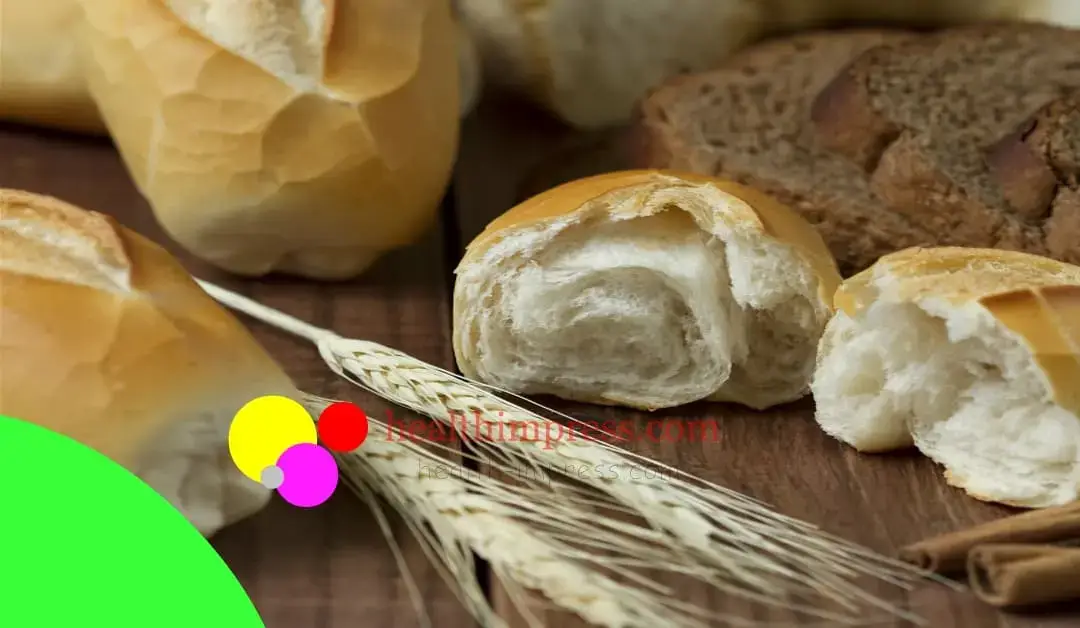General Health, Dietary & Supplements
This Food Puts You At High Blood Pressure Risk
It has been reported in a new study that there is a particular food that puts us at high blood pressure risk. Especially in Western countries, there is a strong preference for salty meals, and there’s no shortage of sodium-laden items to select from between a local grocery store and favorite restaurant. Almost all the foods available are high in salt. This constantly puts people at risk of high blood pressure. The irony is, the various meals we buy from these convenience stores are so high in sodium, yet warnings are not given on their labels.
The statistics
Without mincing words, according to the Centers for Disease Control and Prevention (CDC), about half of all individuals in the United States have hypertension or high blood pressure. That means for people who could benefit from a lower sodium intake, it’s critical to understand which foods contain a lot of the salty stuff, that we knowingly or unknowingly consume.
“Nearly half of adults in the United States (47%, or 116 million) have hypertension, defined as a systolic blood pressure greater than 130 mmHg or a diastolic blood pressure greater than 80 mmHg or are taking medication for hypertension.”
Centers for Diseease Control and Prevention
What is the culprit?
Bread could be a silent, major factor in someone’s excessive salt intake, according to experts from the University of Illinois College of Agriculture, Consumer, and Environmental Sciences in a recent study. A statement by Aubrey Dunteman, a graduate student in the university’s Department of Food Science and Human Nutrition and primary author on the work, said, “…bread is one of the staple meals in a lot of people’s diets, and individuals generally don’t stick to just one serving of bread.”
Soo-Yeun Lee, a food science professor at the University of Illinois, speaking on the high blood pressure risks of bread, adds that processed, packaged foods account for 70% of sodium in the US food supply alone. This isn’t to argue that if you have hypertension, you shouldn’t eat bread. In truth, there are various nutritious bread varieties available that can help fight high blood pressure risk; however, they may not be readily available to all.
The collaboration research.
Dunteman and Lee teamed up to explore if they could lower the sodium content of bread without compromising flavor or texture. They identified four alternative strategies in their study, which were published in the International Journal of Food Science and Technology: flavor enhancers, physical modification, salt reduction without further mitigation, and sodium replacements.
The researchers found that using a mix of all four ways to minimize sodium levels in bread may be the best approach for food makers to take.
Salt reduction is one of the four categories that is technically involved in all of them, Dunteman explains. Another area, salt substitution, has already received a lot of attention. More research into physical modification methods and taste enhancement kinds, as well as how to combine each of these strategies with salt reduction, is recommended. If you want to make your own bread at home, the experts recommend cutting the salt by half, but keep in mind that the taste will be slightly altered. If baking isn’t your thing, or you simply don’t have the time, look for bread that says “low-sodium right on the package”.
Details of the research
With high blood pressure risk factors, the research said packaged and processed foods account for over 70% of salt in the American food supply. According to research co-author Soo-Yeun Lee, the main source of sodium is baked goods, therefore reducing salt in that category would help greatly in lowering sodium consumption. He explained that we won’t be able to totally eliminate salt from our diet, but we can cut it down to a more manageable level.
Salt is a necessary nutrient, which explains why humans crave it. However, just like sugar and fat, we consume far more than we should. Salt is linked to hypertension and other cardiovascular problems, but the amount, not the salt itself, is the issue, according to Lee.
Salt is also an important element in bread manufacturing; it helps the bread’s structure and flavor, as well as allowing the yeast to function properly. To curtail high blood pressure risk, there’s the need to reduce its intake.
Dunteman and Lee did a thorough evaluation of the scholarly literature on bread sodium reduction. Salt reduction without further mitigation, physical alteration, sodium substitutes, and taste enhancers were recognized as the four basic types. In their work, published in the International Journal of Food Science and Technology, they discuss each of these strategies.
The simplest solution is to reduce the amount of salt in the product, according to Dunteman. “Depending on the original level of salt and the equivalent in the recipe, that can be good to a point. There will always be a minimal amount of salt required for the bread to work and the yeast to complete its job. As a result, while it is a restricted strategy, it can aid in the reduction of high sodium intake.
Physical modification, which involves an unequal distribution of salt in the product, is another way.
When you’re exposed to constant stimulation, you’ll develop sensory adaptation. Because you’ve already adapted to the first few bits, if the salt is equally distributed in a slice of bread, it will taste less salty as you eat additional bites. People will perceive it as saltier if the salt is distributed differently, switching between densely and lightly salted layers. As a result, Lee argues, you might have the same taste effect with less salt.
A third technique involves substituting magnesium chloride, calcium chloride, or potassium chloride for sodium. “This is one of the most regularly used processes in business, but it can only be utilized up to a certain amount before the compounds start to taste metallic,” Dunteman explains.
The fourth way involves adding flavor enhancers like herbs and spices, as well as monosodium glutamate (MSG). Multi-grain bread also allows for more salt reduction than white bread because it has more flavor on its own, according to the study.
Dunteman and Lee suggest that a mix of strategies will be the most effective way to reduce sodium in bread.
Dunteman points out that “one of the four categories, salt reduction, is technically implicated in all of them.” “Another area that has received a lot of attention is the salt replacement. More research into physical modification methods and taste enhancement kinds, as well as how to combine each of these strategies with salt reduction, is recommended.”
Finally, the researchers have some suggestions for amateur bakers who want to limit the amount of sodium in their baked goods.
What to do against high blood pressure risk from bread
If you want to use less salt in your home-baked bread, Lee suggests reducing the amount to 50 percent if you’re using standard recipes that are commonly available. “You’d be amazed to learn that the dough would still rise, though the bread would have a distinct flavor. Flavor enhancers can also be used to replace the salty, savory, satiating experience that is lost when salt is reduced. But that wouldn’t help with the rise, so you can’t completely eliminate salt.
Takeaways
The statistics, that about half of the population of the United States has high blood pressure, and hence an increased high blood pressure risk is somehow scary. It’s common knowledge that salt contributes to increasing in blood pressure. What we have now learned is that certain foods have hidden sodium that is not advertised. Let’s learn to stick to low sodium nutrition to reduce the incidence of high blood pressure.
Take care!



whoah this blog is wonderful i really like reading your articles. Keep up the great paintings! You realize, a lot of people are hunting round for this info, you could help them greatly.